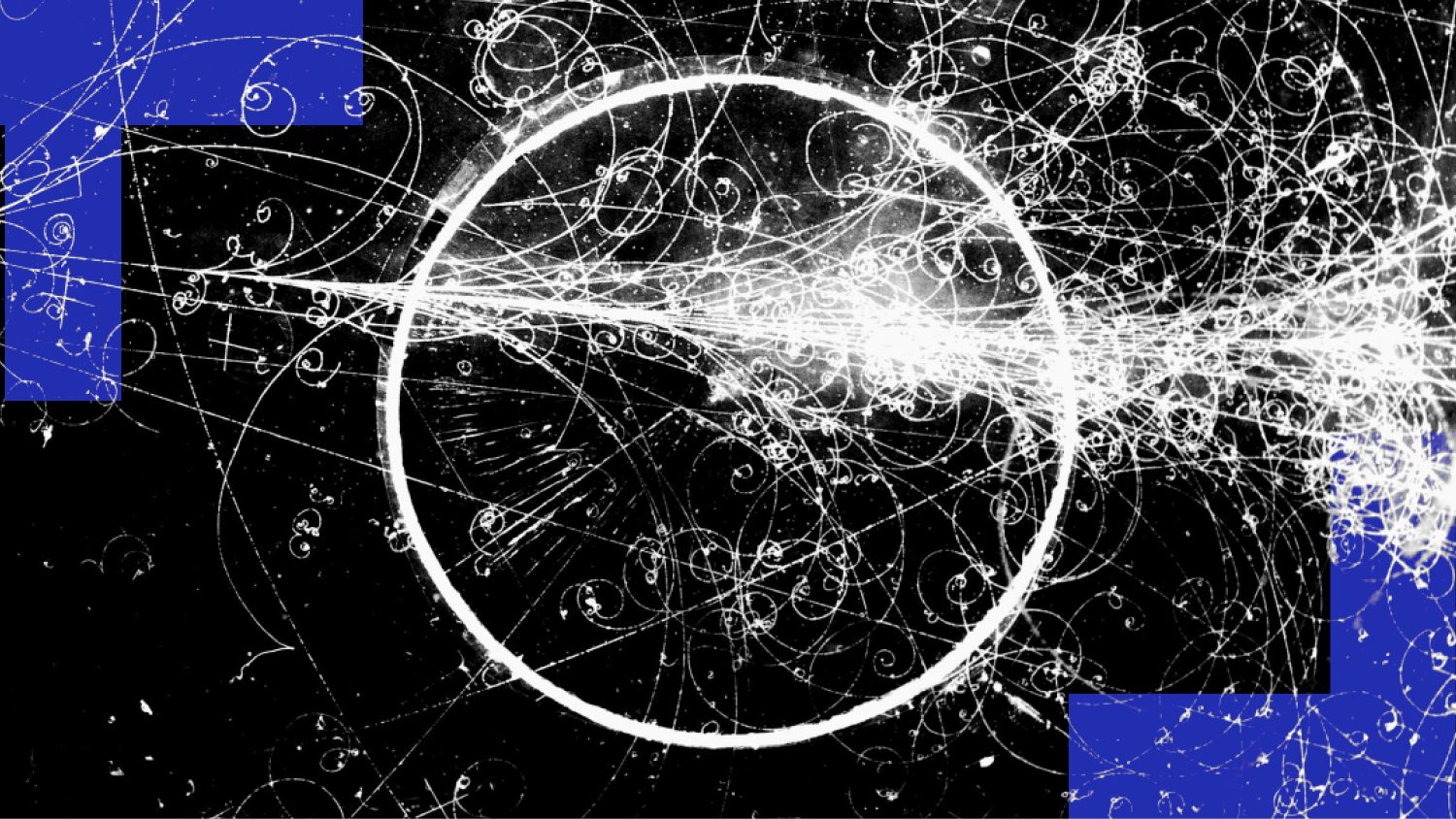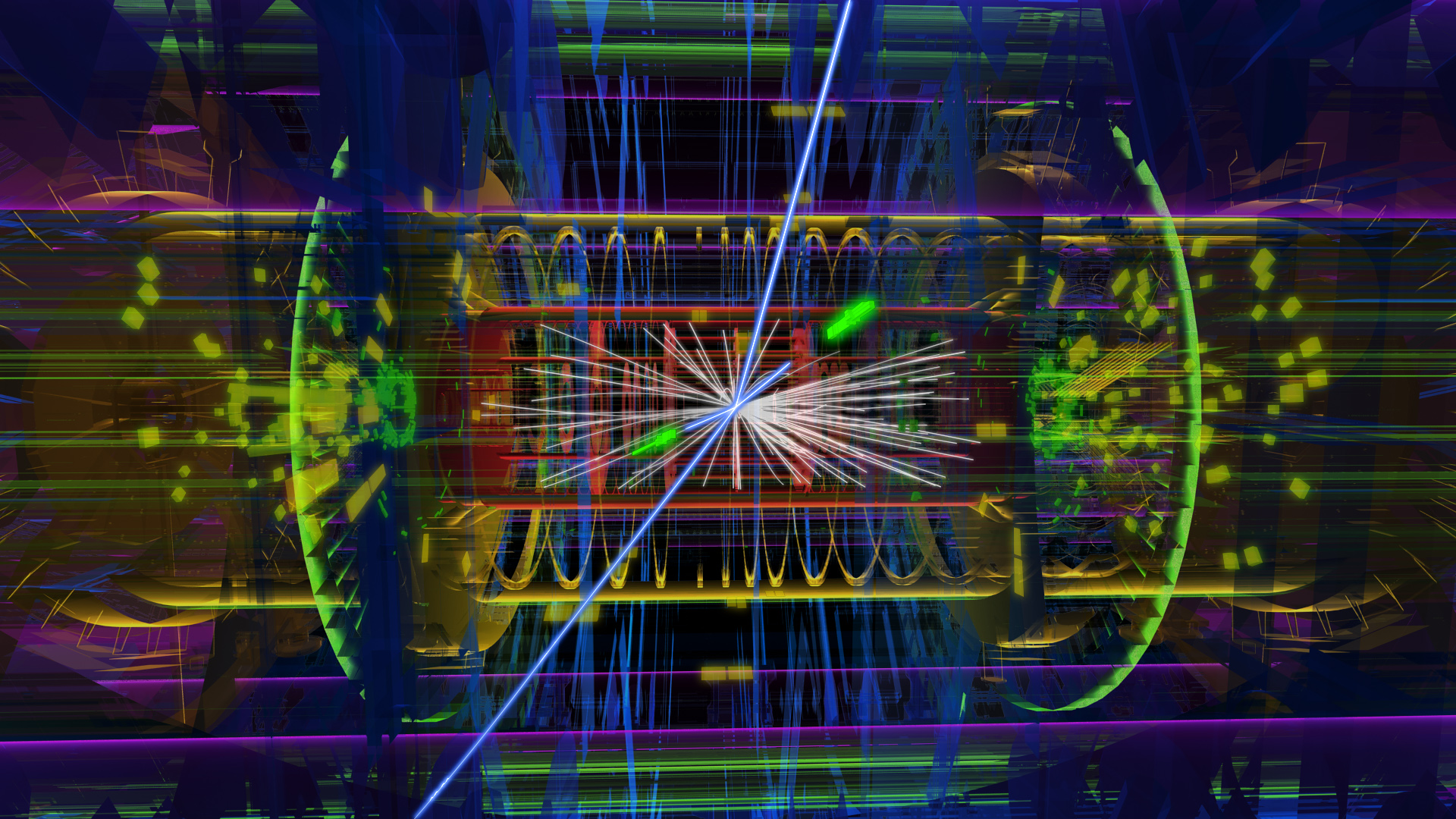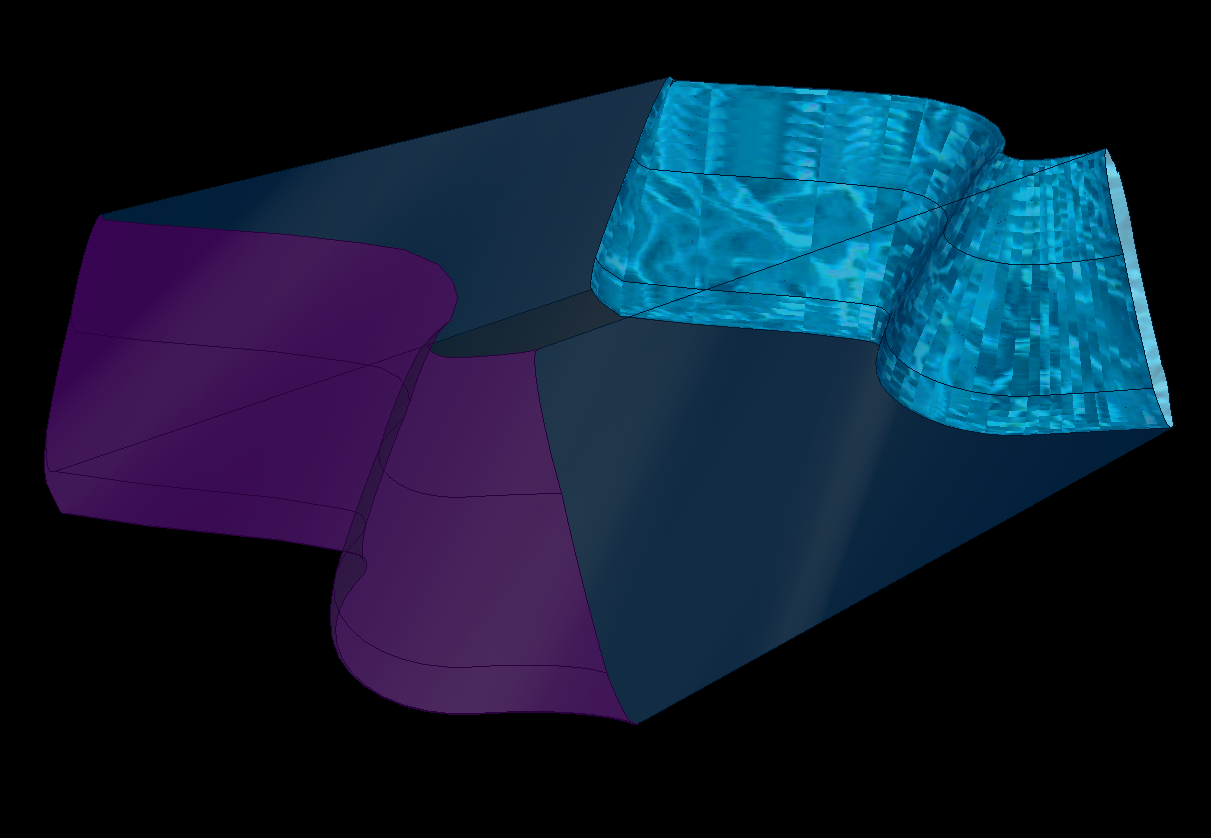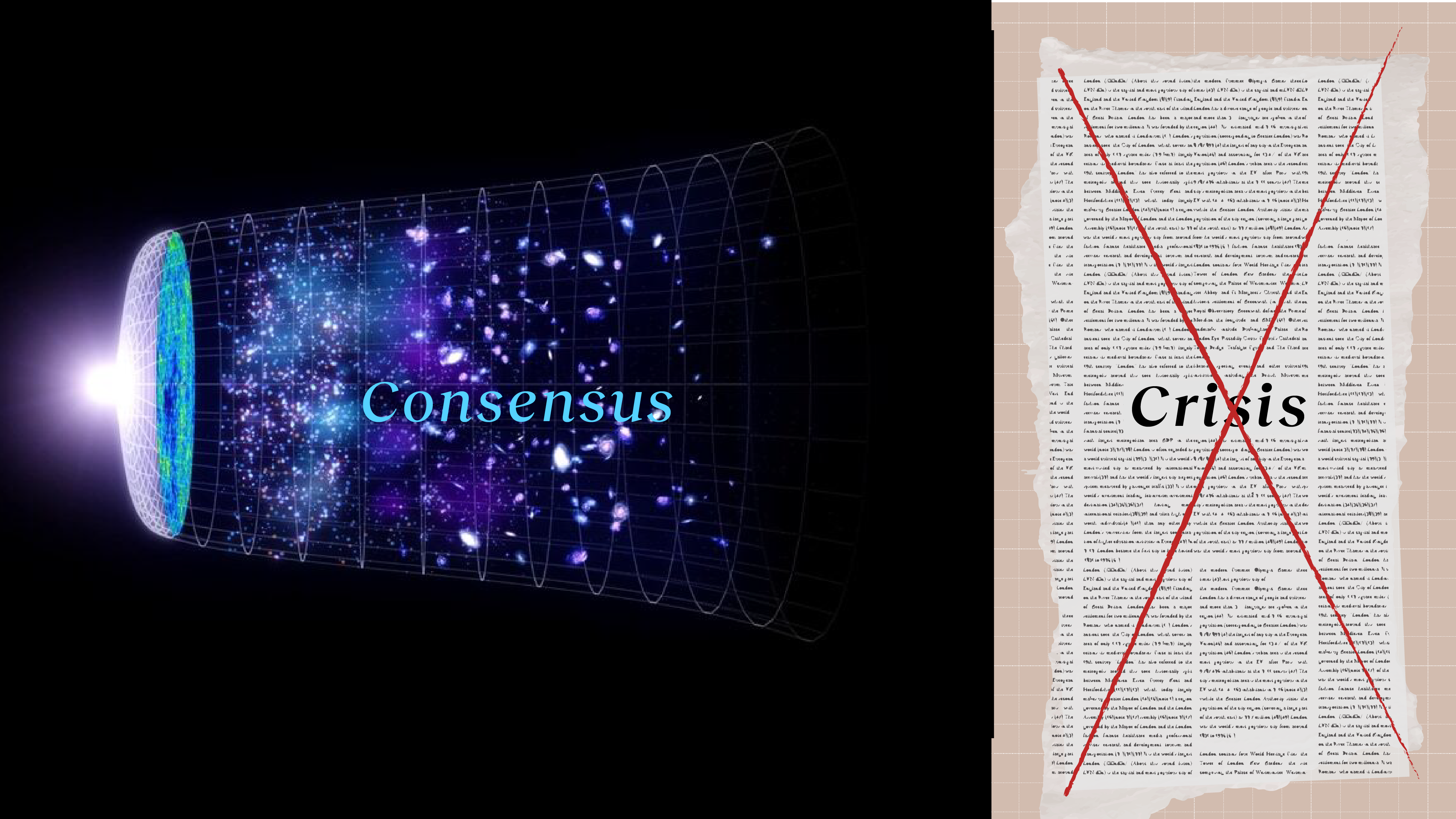The Statistics Behind the Higgs Boson

What’s the Latest Development?
Scientists behind world’s most powerful physics experiment have released new data analysis, updating the search for the Higgs boson, a fundamental particle posited by the Standard Model. Combining the results of two separate laboratories at CERN, where the Large Hadron Collider collides, the overall Higgs signal stands at 4.3σ (σ being the Greek letter sigma). “The term refers to the amount of variability in a given set of data: whether the data points are all clustered together, or very spread out.”
What’s the Big Idea?
The higher the sigma value of a given data set, the higher the confidence that the data is not the result of a random error. How is the sigma value calculated, you ask? One sigma is measured against one standard deviation, which measures how far a given data point is from the average of data points. In previous experiments at CERN, the sigma value of the Higgs has been lower: 2.3sigma. Despite this relatively low statistical confidence, most physicists thought the result was correct given current physics.
Photo credit: shutterstock.com





